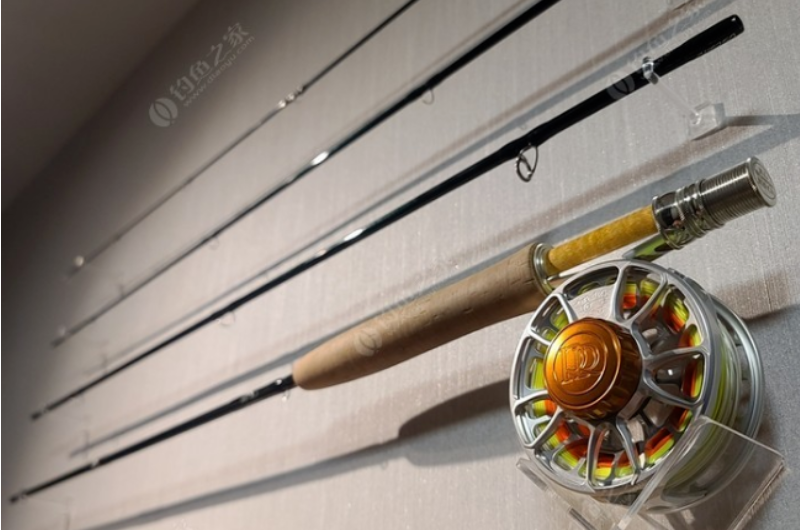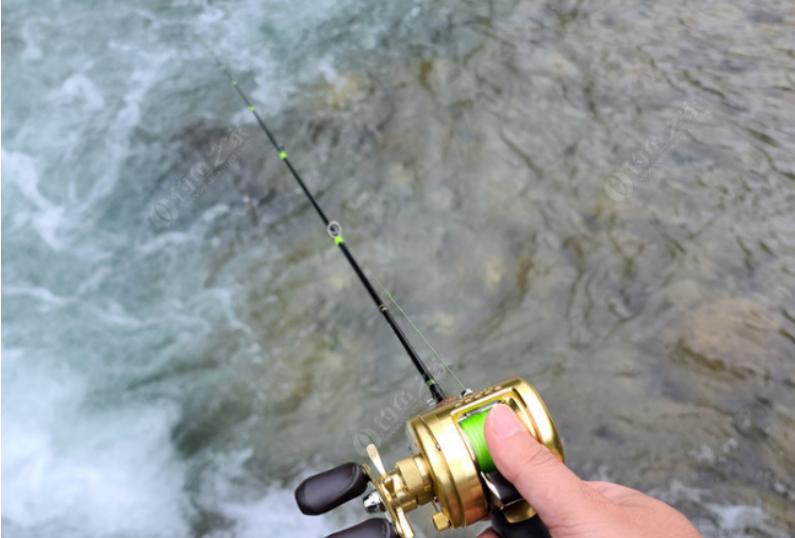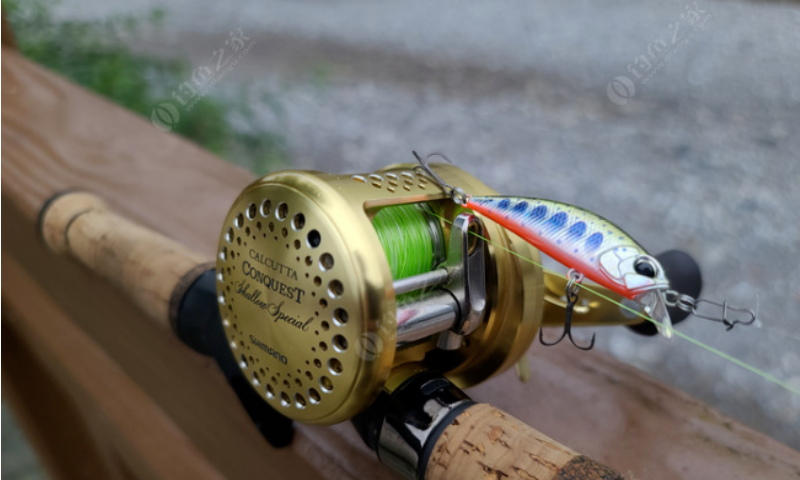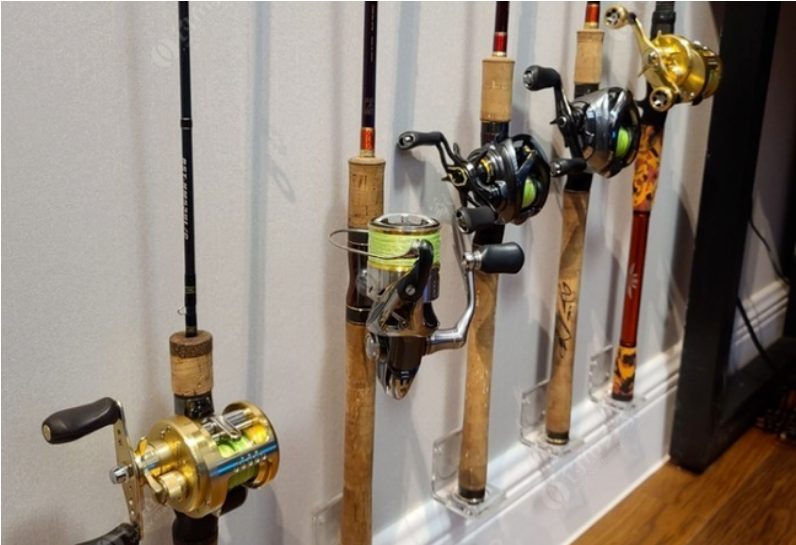A lure rod is more than just a stick—it’s your bridge to mimicking nature’s prey and triggering strikes. This specialized rod relies on precision manipulation to animate artificial baits like minnows or insects, fooling fish into attacking. For beginners, mastering its core elements—length, action, power, and fittings—turns frustrating casts into thrilling catches.
1. Length: The Balance of Distance & Control
Short rods (1.8–2.1m): Perfect for streams or tight spots (e.g., under bridges). Ideal for panfish like bluegill, where accuracy beats distance.
Midlength rods (2.1–2.4m): The “Swiss Army knife” for beginners. Balances shore casting range (30–40m) with easy handling for bass and trout.
Long rods (2.4m+): For open lakes or saltwater, but require stronger technique to avoid fatigue.
Pro Tip: Hold the rod at chest height—if the tip dips uncomfortably, it’s too heavy for your skill level.

2. Action: Where Flex Meets Feel
Action refers to the rod’s bending point, critical for translating bait movement to your hands:
Fast Action (F): Bend near the tip. Best for hard baits like crankbaits—crisp hooksets and quick lure control.
Moderate Action (M): Bend midsection. Versatile for soft plastics and beginners, as it forgives aggressive retrieves.
Slow Action (S): Bend throughout the rod. Cushions strikes from timid fish (e.g., trout) but demands patience for hooksets.
Test It: Grip the rod base, flick the tip downward, and watch the curve—a smooth arc means balanced action.
3. Power: Match the Fight
Rated from UL (Ultra Light) to H (Heavy), power dictates the rod’s strength for bait weight and fish size:
UL/L (1–10g): Microfishing for panfish with 2–6lb line. Feels like a toothpick—excruciatingly fun for tiny bites.
ML/M (5–15g): Panfish to 3kg bass. The sweet spot for 90% of freshwater anglers—pair with 8–12lb line.
MH/H (15g+): For giants like pike or saltwater species. Heavy but unforgiving for beginners (start here only if targeting big fish).
A “Medium” power rod (M) works for 90% of scenarios—don’t overcomplicate!

4. Key Fittings: The Devil’s in the Details
Guides: Look for SIC ceramic rings (lighter, smoother than standard ceramic). Spinning rods use singleleg guides (fewer, larger), while casting rods need doubleleg for stability.
Reel Seat: Test if your reel clicks snugly—loose seats ruin balance. Aluminum seats (higherend) are corrosionresistant for saltwater.
Handle: Cork is breathable; EVA foam is cheaper but durable. A 20–25cm handle fits most anglers—shorter for kids, longer for biggame.

5. FirstTime Buyer’s Checklist
Avoid “AllinOne” Kits: Spend $100–150 on a standalone 2.1m ML spinning rod (e.g., Pflueger President) + 2000series spinning reel.
Test Flexibility: Shake the rod vertically—no “whiplike” flopping at the tip (sign of poor craftsmanship).
PostCatch Care: Rinse freshwater rods with tap water; saltwater rods need disassembling and oiling every trip.

Why This Works for Beginners
A 2.1m ML fastaction spinning rod mimics the “Goldilocks zone”: light enough to feel 3g lures, strong enough for 2kg fish. Pair it with 10lb braided line and a 2.5g spoon—you’ll catch panfish, bass, and even small pike while learning the rhythm of lure animation.
Remember: Lure fishing’s magic lies in feeling the “tap” of a curious fish through the rod tip. Start simple, and let the rod teach you.